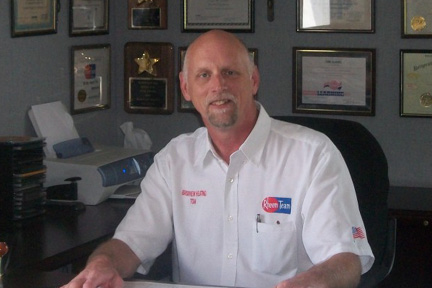Sponsored
Changes Coming to Freon and Air Conditioners
by Tom Olecki, Owner, Broadview Heating
On the horizon again is a major change to the freon that affects new air conditioners and heat pumps for residential and commercial use. First, here is a little history of what has changed since 2010 regarding freon in air conditioners.
Back in 2010, the Environmental Protection Agency (EPA) banned the production of any new systems that used R-22 refrigerant due to its harmful effects on the ozone layer. In addition, they mandated a complete ban on manufacturing or importing of the chemical itself starting January 1, 2020. This has made the recharging of freon R-22 systems very expensive to the point that replacement is recommended when a system needs a charge.
Since about 2010 to the present, the use of freon R-22 has been replaced with a freon termed R-410a. This has been a somewhat successful replacement freon and is used in almost all residential and commercial air conditioners and heat pumps built from 2010 to the present.
Residential and light commercial air conditioners and heat pumps manufactured after Jan. 1, 2025 will mandate a new refrigerant, typically R-454B or R-32. Equipment manufactured prior to this date and utilizing R-410a has a one-year grace period and must be installed before a Jan. 1, 2026, installation deadline. So now, each manufacturer will use one of two different refrigerants in new their systems instead of one common refrigerant as in the past. Also, either of the above new refrigerants are listed as slightly flammable, whereas the refrigerants of the past were not flammable. To address the slight increase in flammability, equipment manufacturers are adding safety features to equipment, revising transportation and handling procedures, and updating installation instructions.
As you know, with change comes added costs. We are hearing from our equipment distributors these increased costs will be in the neighborhood of 10-15%. This will increase the installed cost of a new air conditioner or heat pump between $800-$1500 more than current systems using R-410a refrigerant.
In a nutshell, don’t wait until spring if a new system is on your to-do list. Components and current refrigerant used for servicing and repair will remain available for the foreseeable future. You have until the end of this year to obtain a system utilizing current refrigerant, but the window is closing fast as manufacturers have already starting to transition to the new platform, and most have already stopped production using R-410a, leaving us with only what is in stock at our distributors.

Sponsored by
Questions are always welcome. For free help with your heating/cooling system, ask the experts at broadviewheating@sbcglobal.net or call 440-526-7310.
Opinions and claims expressed above are those of the author and do not necessarily reflect those of ScripType Publishing.

